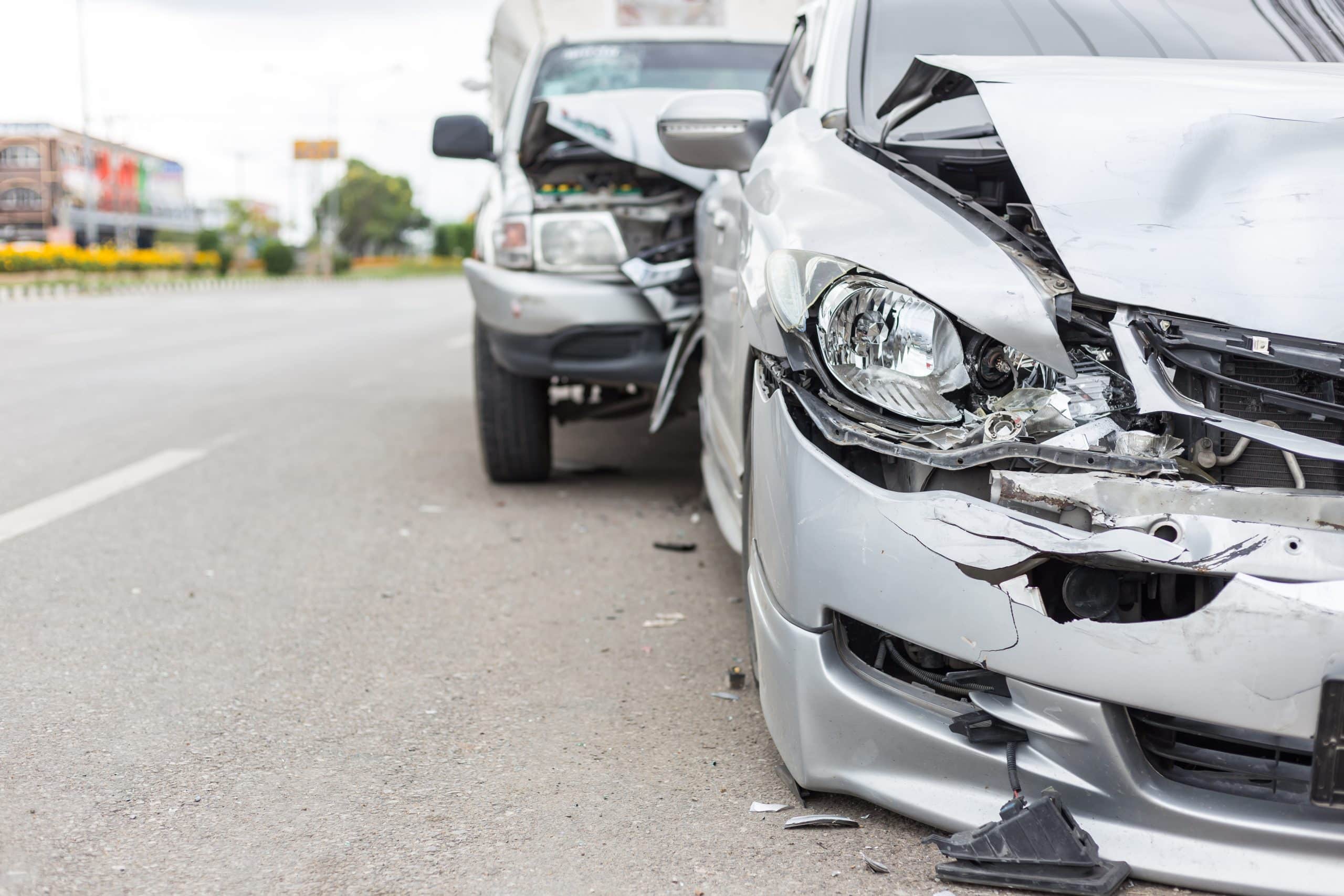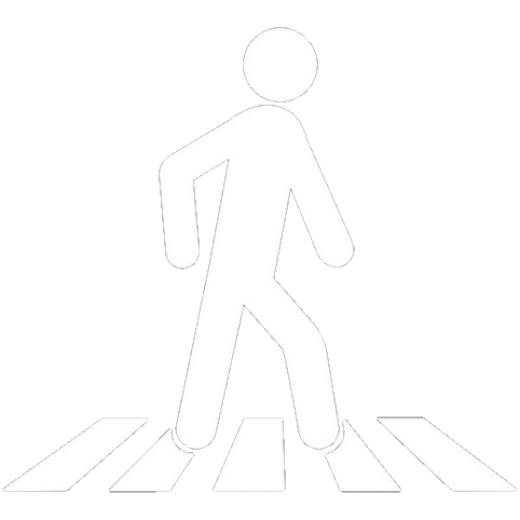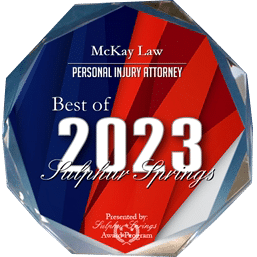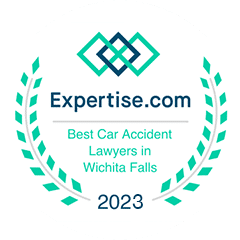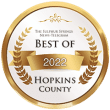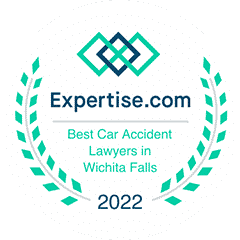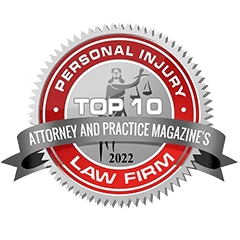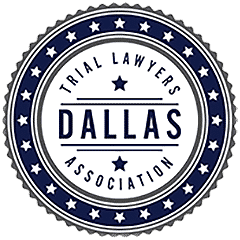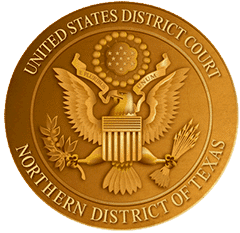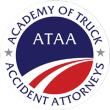Every year, countless car accidents occur, leaving a trail of destruction and shattered lives in their wake. To help you navigate the road safely, we have created a comprehensive guide that unveils the mystery of the most common locations for car accidents. Whether you’re a seasoned driver or a beginner, understanding the hotspots for crashes is crucial for staying safe behind the wheel.
In this guide, we’ll take you on a journey through the most accident-prone locations. From busy intersections to highways and residential areas, we’ll explore the factors that contribute to accidents in each setting. By shedding light on these danger zones, we aim to empower you with the knowledge needed to make informed decisions and take precautionary measures in high-risk areas.
We’ll also highlight the most common causes of car accidents in these locations, such as distracted driving, speeding, and impaired driving, allowing you to develop a better understanding of the potential risks you may encounter. With this knowledge, you’ll be better equipped to drive defensively and protect both yourself and other road users.
So fasten your seatbelt, adjust your mirrors, and join us as we unravel the mystery behind the most common locations for car accidents. Let’s hit the road to safety together.
Understanding the Importance of Knowing Common Accident Locations
When it comes to road safety, knowledge is power. Understanding the most common locations for car accidents is crucial for drivers of all experience levels. By being aware of these danger spots, you can take extra precautions and adopt defensive driving techniques to minimize the risk of a collision.
One of the main benefits of knowing common accident locations is that it allows you to plan your routes more strategically. By avoiding areas with high accident rates or choosing alternative routes, you can significantly reduce your chances of being involved in a car accident. Additionally, being aware of these locations can help you stay vigilant and focused while driving, as you’ll be prepared for potential hazards.
Furthermore, understanding common accident locations can also help you educate others, such as new drivers or family members. By sharing this knowledge with them, you can contribute to creating a safer driving environment for everyone.
In the following sections, we’ll delve into specific locations notorious for car accidents and discuss the contributing factors and potential risks associated with each one.
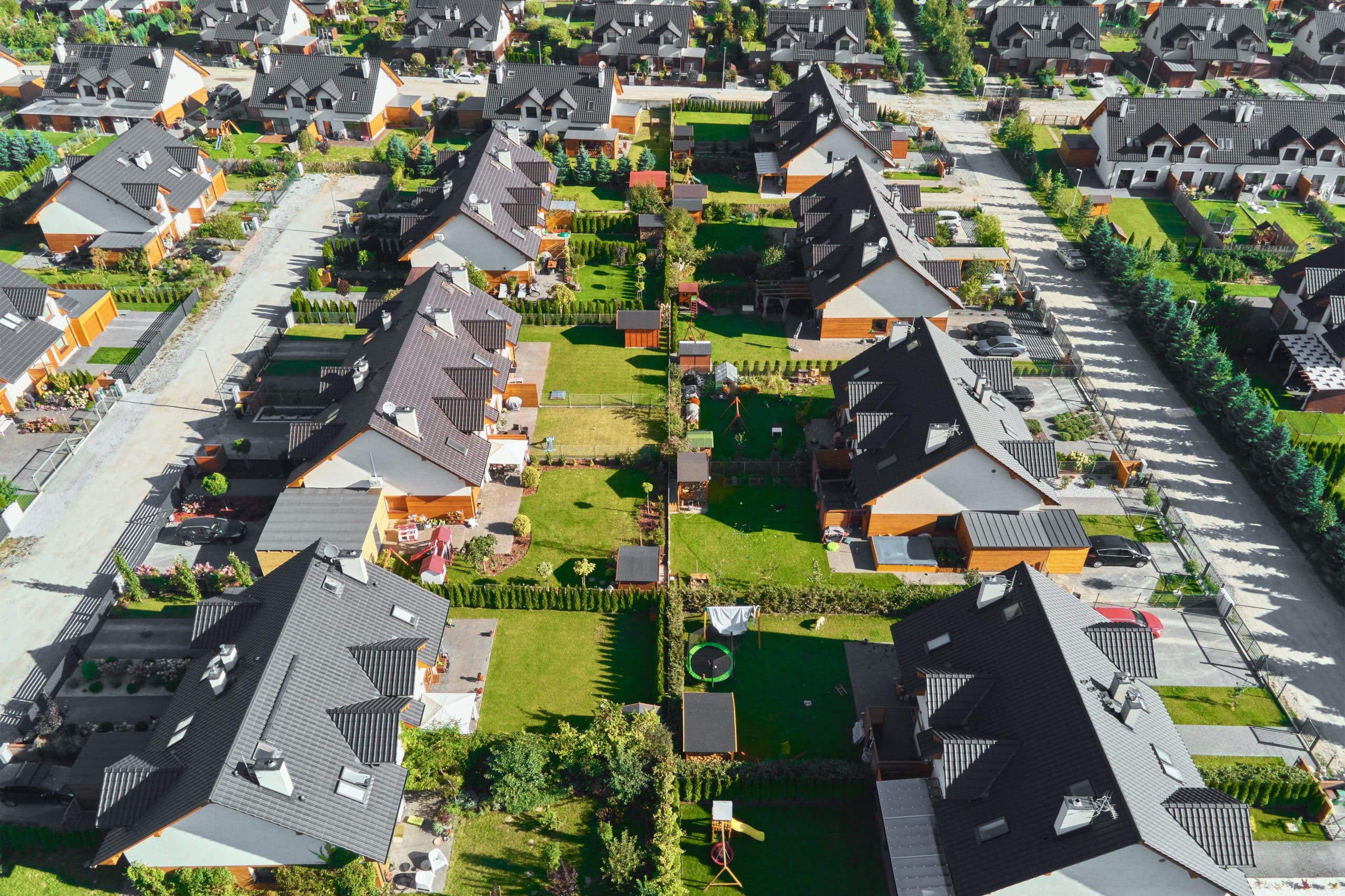
Residential Areas: A Hotspot for Car Accidents
Residential areas may seem calm and peaceful, but they can quickly turn into danger zones for car accidents. These areas are characterized by a mix of parked cars, pedestrians, cyclists, and children playing, making them particularly prone to accidents.
One of the primary reasons why residential areas are hotspots for car accidents is the presence of numerous intersections and uncontrolled crossings. Many accidents occur when drivers fail to yield the right of way at these intersections, leading to collisions with other vehicles or pedestrians. Additionally, the narrow streets and limited visibility in residential areas can make it challenging to spot hazards or react quickly.
Another contributing factor to accidents in residential areas is speeding. Some drivers may become complacent due to the low speed limits, disregarding the need to drive cautiously. Speeding not only reduces the driver’s ability to react to unexpected situations but also increases the severity of any resulting accidents.
Moreover, distractions play a significant role in accidents within residential areas. Drivers may be more likely to engage in activities such as using their phones, eating, or adjusting the radio while driving through familiar neighborhoods. These distractions can divert their attention from the road, leading to devastating consequences.
To stay safe in residential areas, it’s essential to exercise caution and be mindful of your surroundings. Always drive at a safe speed, be vigilant for pedestrians, and strictly adhere to traffic rules. By doing so, you can help prevent accidents and ensure the safety of everyone in the community.
Highways and Freeways: Speeding and Reckless Driving Risks
Highways and freeways are designed to facilitate fast and efficient transportation, but they can also be dangerous if not approached with caution. These high-speed roads present unique challenges and risks that drivers must be aware of to avoid accidents.
One of the most significant risks on highways and freeways is speeding. The high speed limits can tempt drivers to exceed the limit, compromising their ability to react to sudden changes in traffic or road conditions. Excessive speeding reduces the effectiveness of braking systems and increases the severity of accidents.
Another contributing factor to accidents on highways is reckless driving. Some drivers may engage in aggressive behaviors such as tailgating, frequent lane changes without signaling, or weaving in and out of traffic. These actions not only endanger the driver themselves but also put other road users at risk.
Additionally, fatigue can play a significant role in accidents on long stretches of highway. Drivers who are tired or drowsy have slower reaction times and are more prone to making mistakes. Falling asleep at the wheel can have catastrophic consequences, making it crucial to take regular breaks and get enough rest before embarking on long journeys.
To stay safe on highways and freeways, it’s essential to obey speed limits, maintain a safe following distance, and signal lane changes well in advance. Avoid distractions and be aware of other drivers’ actions to anticipate potential hazards. By adopting defensive driving techniques and staying focused, you can minimize the risk of accidents on these high-speed roads.
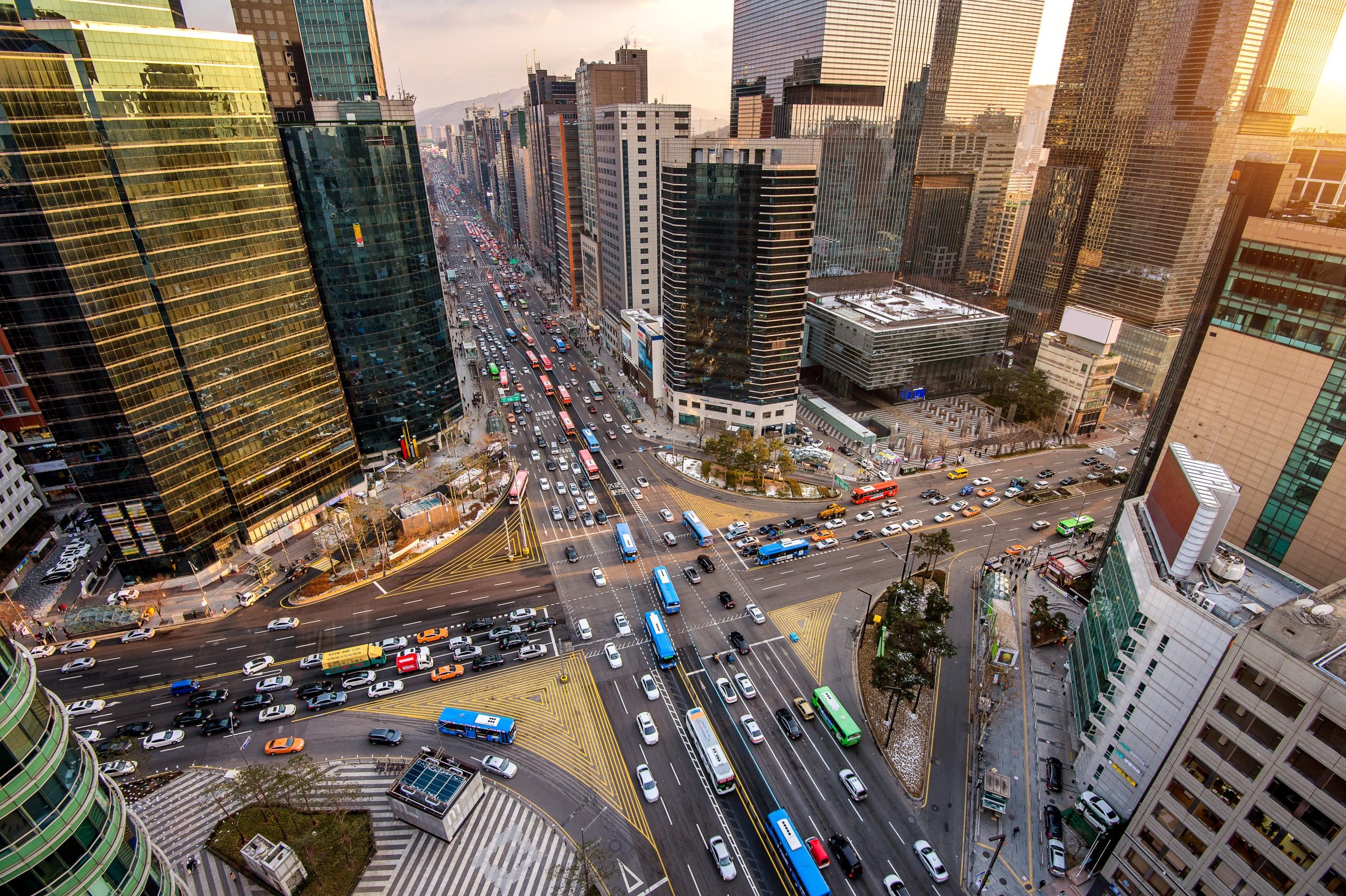
Intersections: The Danger Zone for Collisions
Intersections are notorious for being the danger zone for car accidents. These areas where multiple roads intersect or meet can be chaotic and require extra caution from drivers.
One of the primary reasons why intersections are prone to accidents is the failure to yield the right of way. Many collisions occur when drivers fail to properly judge the speed and distance of oncoming vehicles or misinterpret traffic signals. This failure to yield can result in T-bone accidents or rear-end collisions, often with severe consequences.
Another contributing factor to accidents at intersections is distracted driving. Drivers may be more likely to glance at their phones, adjust their GPS, or engage in other distracting activities while waiting at a red light. These distractions can delay their response time to changing traffic conditions, increasing the risk of accidents.
Additionally, poor visibility at intersections can contribute to accidents. Overgrown vegetation, poorly placed signage, or inadequate lighting can make it challenging for drivers to see oncoming traffic or pedestrians. This lack of visibility can lead to misjudgments and result in collisions.
To navigate intersections safely, it’s crucial to approach them with caution and be aware of other drivers’ actions. Always yield the right of way when required, even if you have the green light, to avoid potential collisions. Stay focused on the road, avoid distractions, and ensure your visibility is not compromised. By taking these precautions, you can minimize the risk of accidents at intersections.
Parking lots: Hidden hazards and fender benders
Parking lots may seem like relatively safe spaces, but they can be riddled with hidden hazards and are a common location for fender benders. The close proximity of vehicles, limited visibility, and the presence of pedestrians all contribute to the increased risk of accidents in parking lots.
One of the main factors that make parking lots accident-prone is the lack of clear traffic rules and regulations. The absence of strict speed limits and right-of-way rules can lead to confusion and increased risk of collisions. Additionally, distracted driving plays a significant role in parking lot accidents. Drivers who are busy looking for a parking spot or are preoccupied with their phones are more likely to overlook pedestrians or other vehicles, resulting in accidents.
Another hazard in parking lots is limited visibility. Large vehicles, such as SUVs or trucks, can obstruct the view of smaller cars, making it difficult to see pedestrians or oncoming traffic. Moreover, poorly designed parking lots with blind spots and inadequate lighting can further contribute to accidents.
To minimize the risk of accidents in parking lots, it’s crucial to remain alert and follow some simple guidelines. Always drive slowly and be prepared to yield to pedestrians. Avoid distractions and keep your focus on the road. When backing out of a parking spot, check your blind spots and use your mirrors to ensure there are no approaching vehicles or pedestrians. Lastly, parking within the designated lines and avoiding double parking can help ensure that other drivers have enough space to navigate.
Remember, even though parking lots may seem harmless, they can quickly turn into accident hotspots if drivers are not cautious. Taking the necessary precautions and being aware of potential hazards can go a long way in preventing fender benders and keeping everyone safe.

Construction Zones: Hazards and Increased Risks
Construction zones can be treacherous places for drivers. With changing road conditions, reduced speed limits, and narrowed lanes, these areas pose unique challenges and increased risks. The combination of heavy machinery, construction workers, and impatient drivers can create a recipe for disaster.
One of the primary causes of accidents in construction zones is distracted driving. As drivers approach these areas, they may become distracted by the signs, barriers, and workers, taking their attention away from the road. This lack of focus can lead to rear-end collisions or lane departures, endangering both drivers and construction workers.
Speeding is another common issue in construction zones. Despite the reduced speed limits, many drivers fail to adjust their speed accordingly. This can result in severe accidents, as unexpected obstacles or sudden lane changes can catch drivers off guard. It’s crucial to remember that fines for speeding in construction zones are typically higher than in regular areas, serving as a deterrent for reckless driving.
Impaired driving is also a significant concern in construction zones. Alcohol, drugs, or fatigue can impair a driver’s judgment, reaction time, and coordination, making them more susceptible to accidents. It’s vital to avoid getting behind the wheel if you’re under the influence or feeling drowsy, as your impaired state can endanger not only yourself but also the construction workers on-site.
By being aware of the hazards and increased risks in construction zones, you can take proactive measures to ensure your safety. Stay focused on the road, obey speed limits, and maintain a safe distance from other vehicles. Remember, the temporary inconvenience of a construction zone is far less significant than the potential consequences of a car accident.
Rural Roads and Country Lanes: Unique Challenges and Risks
Rural roads and country lanes offer scenic drives and a break from the hustle and bustle of city life. However, these seemingly peaceful routes can hide unique challenges and risks that every driver should be aware of. From blind corners to wildlife encounters, navigating rural roads requires caution and adaptability.
One of the main risks on rural roads is the lack of lighting. Unlike well-lit city streets, rural roads often have limited or no lighting at all. This can make it difficult for drivers to see potential hazards, such as potholes, fallen branches, or wildlife crossing the road. To mitigate this risk, it’s essential to use high beam headlights when appropriate and keep a keen eye on the road ahead.
Another challenge on rural roads is the presence of blind corners and narrow lanes. These roads can twist and turn unexpectedly, making it difficult to anticipate oncoming traffic. It’s crucial to reduce speed when approaching blind corners and be prepared to yield to other vehicles. Additionally, some country lanes may be too narrow for two vehicles to pass safely, requiring drivers to exercise patience and courtesy.
Wildlife encounters are also a common occurrence on rural roads. Animals, such as deer, can suddenly dart across the road, posing a significant risk to drivers. It’s crucial to be vigilant, especially during dawn and dusk when animals are most active. If you encounter wildlife on the road, reduce your speed, honk your horn to scare them away, and avoid swerving, as it can lead to losing control of your vehicle.
Remember, rural roads may offer picturesque landscapes, but they also demand heightened awareness and adaptability. Stay focused, reduce speed, and expect the unexpected. By respecting the unique challenges of these roadways, you can enjoy a safe and memorable journey through the countryside.
School Zones: Protecting Our Most Vulnerable
School zones are meant to be safe havens for children, where they can learn, play, and grow. However, these areas can quickly turn into danger zones if drivers fail to abide by the rules and exercise caution. As drivers, it’s our responsibility to protect the most vulnerable road users, and understanding the risks associated with school zones is crucial.
One of the primary risks in school zones is speeding. Many drivers, in their rush to get to their destination, may disregard the reduced speed limits in these areas. Speeding in school zones significantly increases the risk of accidents, as children may not possess the same level of awareness and judgment as adults. It’s vital to prioritize the safety of our young ones by slowing down and adhering to the posted speed limits.
Distracted driving is another major concern in school zones. Drivers may be distracted by their phones, conversations, or other activities, taking their attention away from the road. This negligence can have severe consequences, as children may unexpectedly dart into the street or crosswalks. It’s crucial to eliminate distractions while driving through school zones and remain vigilant for any potential hazards.
Parking and drop-off areas around schools can also pose risks if not properly managed. Congestion and chaotic traffic flow can create a dangerous environment for pedestrians and other drivers. It’s essential to follow designated drop-off and pick-up procedures, park in designated areas only, and be mindful of pedestrians crossing the road. By adhering to these guidelines, we can ensure the safety of everyone in school zones.
In conclusion, school zones require extra caution and vigilance from drivers. Slow down, eliminate distractions, and be aware of your surroundings. By protecting our most vulnerable road users, we contribute to creating a safer environment for children to learn and grow.
